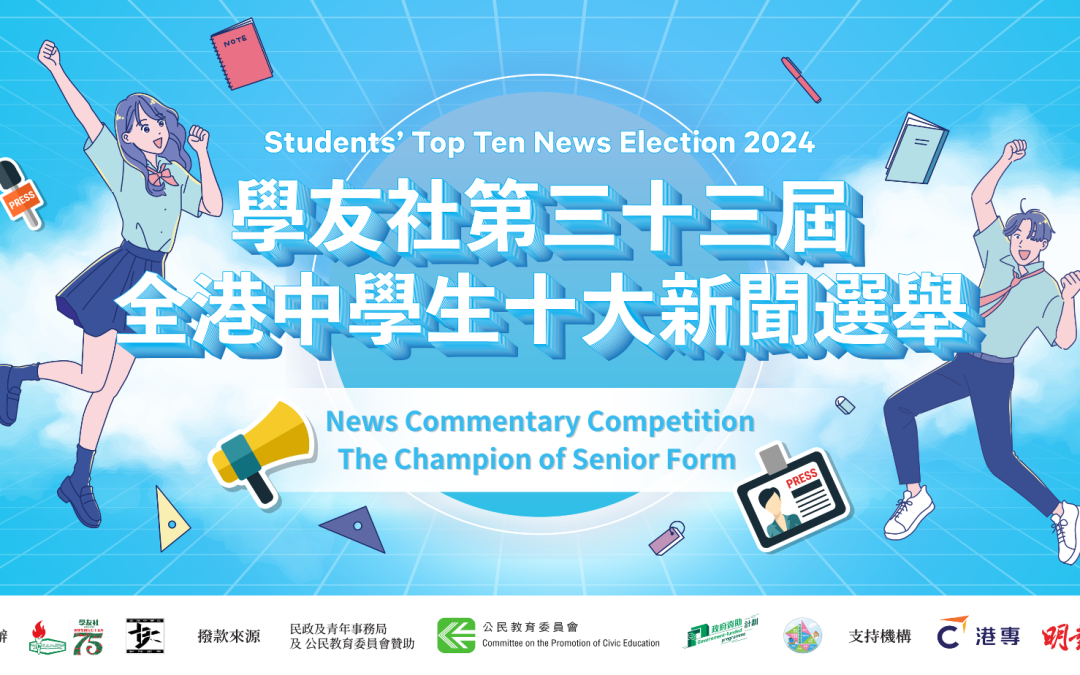Mega Event Economy, a brand new proposal introduced by the HKSAR government at the start of 2024, has sparked considerable anticipation among citizens due to its ambitious goal of revitalizing the struggling economy, thus leading to widespread discussions and debates surrounding the initiative.
Before delving into the study of the “mega event economy,” it is crucial to understand the current economic landscape. During the challenges posed by the pandemic and the 2019 protests, the local economy has suffered significant setbacks. The political and economic instabilities have triggered a wave of emigration among citizens, alongside the relocation of the headquarters of several renowned multinational corporations, resulting in a loss of skilled professionals and capital. This, in turn, has led to a decline in tax revenue.
The government’s steadfast commitment to maintaining a zero-COVID policy and the adoption of strict closure measures had a severe impact on tourism, a key industry for the region. The delayed reopening of Hong Kong diverted tourists to neighboring countries, further exacerbating the economic downturn. This decline was reflected in the unprecedented drop in property speculation and the stock market.
At this critical moment, there is a pressing need for economic stimulation. In alignment with the HKSAR’s directive to prioritize tourism development, the concept of a mega-event economy has been put forth as the initial step towards economic recovery.
The potential benefits and effectiveness of this strategy are undoubtedly clear: by attracting tourists back to Hong Kong through large-scale events, it can revitalize industries such as aviation, cruise, retail, and hotels, ultimately breaking the vicious cycle of negative wealth effects and restoring prosperity to Hong Kong. This business model has already proven successful in other similar cities. For example, last March, The Eras Tour by Taylor Swift was held at the Singapore National Stadium, injecting billions of dollars into various industries in what has been dubbed “Taylornomics.” While Hong Kong may have faced setbacks in competing with Singapore for Taylor Swift’s tour, it has successfully replicated Singapore’s success by inviting Coldplay to be the first performer at the highly anticipated and long awaited Kai Tak Stadium, inspired by the Singapore National Stadium.
Yet, three quarters of a year have passed since the proposal and the mega event economy is facing many challenges and its effectiveness is being hotly debated. There are mainly three criticisms:
Firstly, outcomes have so far significantly lagged behind expectations. In the past nine months, a few activities were rolled out in every single week but the perceived quality of most of them most of them was scraping the barrel. A notable instance was the installation of a balloon in the shape of a Chubby Heart exhibited in February around Valentine’s Day. This balloon, barely larger than a usual one, received a substantial subsidy of 7 million from the HKSAR, sparking controversy over the disproportionate input and income it generated. In comparison to the iconic giant inflatable rubber duck that graced Victoria Harbour years ago, the impact of such initiatives pale in comparison. Similarly, monthly drone display performances over Victoria Harbour incurred considerable costs but failed to captivate the public with innovative concepts, leading them to fall short in their aim of boosting the retail and hotel industries. Despite the significant investment, the returns have been not obvious.
Secondly, there is a lack of infrastructure to cope with an influx of tourists in Hong Kong. As Kai Tak emerges as a key venue for hosting various events, including concerts and the National Games to be held at the Kai Tak Sports Park, there remains a notable deficiency in well-connected road infrastructure for efficiently evacuating tourists to the MTR station. Also, the facilities and shops in the nearby cruise terminal are inadequate though it has been operating for a decade. Also, the transportation network is poor which causes a negative impression and discourages tourists to visit Hong Kong.
Lastly, the mega event economy fails to showcase Hong Kong’s core values, and primary competitive advantages. In recent years, alternative forms of tourism such as ‘in depth tours’ and local city walks have gained popularity. Tourists now prefer exploring local cultures over visiting popular tourist spots superficially, highlighting Hong Kong’s unique cultural offerings. Travelers often seek out authentic grassroots culture and traditional housing reminiscent of 1980s Hong Kong cinema sets. Overreliance on replicating others’ economic models and an excessive focus on mega-events could divert the government from promoting Hong Kong’s distinctive local characteristics.
In my opinion, organizing large-scale events can be beneficial, but the Hong Kong government should consider the content and quality of the events to avoid wasting valuable resources. Additionally, events should be chosen to suit the preferences of local residents and not only international tourists. For example, the Doraemon exhibition held in July was incredibly successful. Doraemon is a popular character in Hong Kong that appeals to people of all ages, resulting in significant purchasing power among attendees. Moreover, this event was organized by a private company without requiring government funding, yet it brought substantial economic advantages to Hong Kong. This suggests that the government should play a supportive role in identifying and promoting quality events rather than being the primary organizer. If all the above factors I have mentioned are taken into consideration, I believe that the mega event economy could deliver a significant boost to Hong Kong’s prospects and revenue in the near future.
_______________________
Author : Wong Tin Lok
News Commentary Competition – The Champion of Senior Form
SKH Bishop Mok Sau Tseng Secondary School

